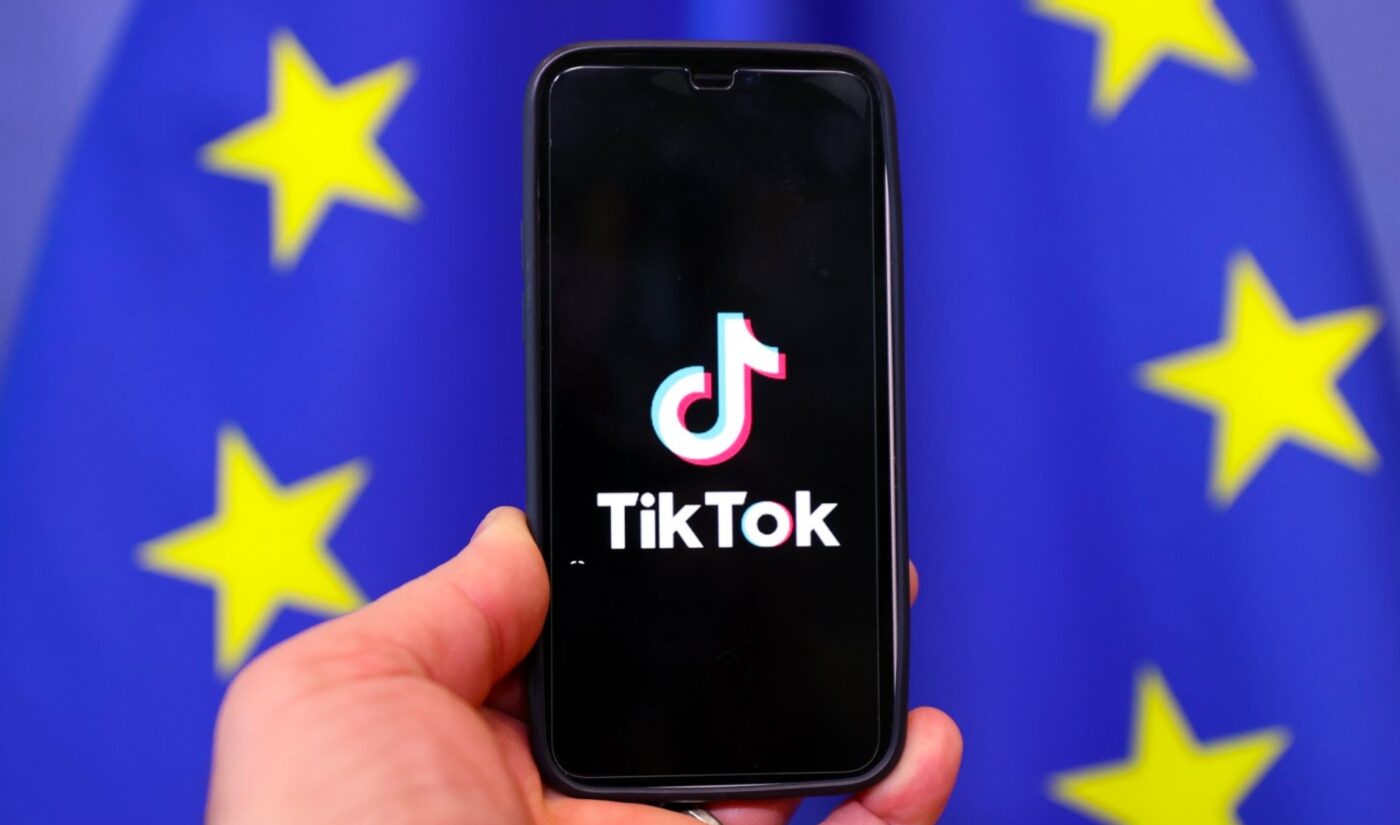Back in 2021, a Wall Street Journal investigation found that TikTok’s recommendation algorithm can suss out new users’ interests in under two hours, and then drive them into ever-narrowing “rabbit holes” of content.
Now, a new study from researchers in the U.S. and Europe has found that between 30% and 50% of the first 1,000 videos fresh TikTok accounts are recommended are based on what the platform has learned about their interests.
Researchers including Karan Vombatkere at Boston University and Franziska Roesner at the University of Washington examined data donated by TikTok users who were able to download it thanks to the European Union’s General Data Protection Regulation (GDPR), Fast Company reports. They also created new bot accounts to examine what would be recommended to those when they scrolled through videos at random.

Subscribe to get the latest creator news
The 30% to 50% of interest-targeted videos were recommended to users based on several factors–things like TikTok noticing they’d liked similar videos, or that they followed creators who posted videos about those topics. Researchers noted that the portion of a video’s watch time users stuck around for didn’t seem to hold much weight in the recommendation system. (That’s worth thinking about, considering we still don’t know what TikTok counts as a “view” on its platform.)
Vombatkere and fellow researchers say TikTok’s recommendation algorithm has two sides: “explorative,” where it’s showing users a video out of left field to see how they respond to its contents, and “exploitative,” where it’s showing them a video it’s pretty sure they’ll like, given their past actions.
But the ratio of explorative to exploitative can vary wildly between different users.
“Another thing that this surfaces is that different users have very different experiences and/or are sort of treated differently by the algorithm for whatever reason,” Roesner told Fast Company.
Ultimately, this research is “a first step into getting some insight into how this personalization works,” Vombatkere said. “And then at the second step, we also try to look specifically into a few factors and see how much they influence personalization.”













